
连 词
定义:连词是一种虚词, 它不能独立担任句子成分而只起连接词与词,短语与短语以及句与句的作用。
分类:根据在句中所起的作用,连词主要可分为并列连词和从属连词两类。
并列连词:连接具有并列关系的词、短语或句子的连词叫作并列连词。
根据意义,它又可分为表示联合、转折、选择和因果等四种关系的连词。
一、表示联合关系的并列连词
表示联合关系的并列连词有:and, both…and, neither…nor, not only…but also, as well as(除……外……也……)等。
eg: I am a teacher and he is a doctor.
He has both experience and knowledge.
Neither I nor he has seen the film.
He has experience as well as knowledge.
He has not only experience but also knowledge.
二、表示转折关系的并列连词
表示转折关系的并列连词有but, while(然而), yet(可是), however(然而,但是),nevertheless(然而,不过)等。
eg: I am sorry, but I won’t be able to come tonight.
I am willing, yet unable. 我心有余而力不足。
He is short, while his younger brother is tall.
He worked hard. However, he failed. 他很努力,然而还是失败了(however可置于句首、句中或句末)
另外:副词still也能表示转折关系
The pain was bad, still he did not complain.
虽然疼得厉害,可是他没有呻吟。
三、表示选择关系的并列连词
表示选择关系的并列连词有or(或), or else(否则), either…or…(或……或……,不是……就是……)。
eg: John or I am to blame(责备).
Seize the chance, or else you will regret it.
(or else常置于祈使句后面)
You can either stay at home or go fishing.
另外:副词otherwise, rather than也能表示选择关系
Seize the chance, otherwise you will regret it.
He went rather than stay as an unwelcome guest.
四、表示因果关系的并列连词
表示因果关系的并列连词有so, for等。
eg: It was late, so I went home.
It is morning, for the birds are singing.
另外:副词then(那么,因而), thus(因此), therefore(因此,所以)常放在句首表示因果关系。
He was busy, therefore he could not come.
He studied hard, thus he got a full mark.
从属连词:用来连接主句和从句的连词叫从属连词。从属连词可分为引导名词性从句的从属连词和引导状语从句的从属连词两类。
引导名词性从句的从属连词
引导名词性从句的从属连词有连接词that, whether和if,这些连接词在句子当中不充当任何句子成分;连接代词主要有who, whom, whose, which, what等,它们在句中可作主语、宾语、定语等;连接副词主要有when, where, why, how等,它们在句中作状语。
Who will attend the meeting hasn’t decided yet.
We know (that) the earth goes around the sun.
I wonder if he has received my e-mail.
That is why he didn’t come to school.
The news that our team had won was very exciting.
引导状语从句的从属连词
一、引导时间状语从句的从属连词
when, while, as, after, before, since, till/untill, once, as soon as, the moment/instant, no sooner…than…, hardly… when…等
eg: Once you begin, you must go on.
When it rains. I go to school by bus.
Hardly had we finished the work when it began to rain.
二、引导地点状语从句的从属连词
where, wherever等
eg: Where there is a will, there is a way.
Wherever she may be, she will be happy.
三、引导原因状语从句的从属连词
as, since, because等
eg: He didn’t go to school because he was ill.
Since everybody is here, let’s begin.
四、引导结果状语从句的从属连词
so…that/such…that(如此……以致), so(结果),that(以致), so that(结果) 等
eg: He is such good student that we all like him.
It was very cold, so that the water in the bowl froze.
五、引导条件状语从句的从属连词
if, unless, so/as long as, in case(如果,万一) 等
eg: He will not come unless he is invited.
You will be late for the class if you don’t hurry.
六、引导目的状语从句的从属连词
so(以便), so that(为了), in order that(为了), less、in case(以防,免得) 等
eg: She took medicine on time in order that she might get well soon.
七、引导让步状语从句的从属连词
though/although, as(虽然), even if/even though(即使), however, whatever, whoever, no matter how/what/which 等
eg: Old as he is, he still works hard.
Though he is old, he still works hard.
Even if you were here yesterday, you couldn’t help him.
八、引导方式状语从句的从属连词
as(正如), as if/as though(好像,似乎) 等
eg: The man carried the box away as he was told.
He speaks English as if he were an Englishman.
九、引导比较状语从句的从属连词
as(如……), as…as… , not so/as…as… ,than等
eg: He works harder than before.
His elder brother is as tall as his mother.
并列连词与并列结构
一、and
判断改错:
(错) They sat down and talk about something.
(错) They started to dance and sang.
(错) I saw two men sitting behind and whisper there.
(对) They sat down and talked about something.
(对) They started to dance and sing.
(对)I saw two men sitting behind and whispering there.
解析:
第一句: and 连接两个并列的谓语,所以 talk 应改为 talked。
第二句:and 连接两个并列的动词不定式,第二个不定式往往省略to,因此sang 应改为 sing。
第三句:and 连接感观动词saw 后面的用作的宾补的两个并列分词结构,因此whisper应改为whispering。
注意:and 还可以和祈使句或名词词组连用表示条件。(or也有此用法)
Make up your mind, and you’ll get the chance.
= If you make up your mind, you’ll get the chance.
One more effort, and you’ll succeed.
= If you make one more effort, you’ll succeed.
二、比较and和or
1) 并列结构中,or通常用于否定句,and用于肯定句。
2) 但有时and 也可用于否定句。请注意其不同特点:
There is no air or water in the moon.
There is no air and no water on the moon.
在否定中并列结构用or 连接,但含有两个否定词的句子实际被看作是肯定结构,因此要用and。
典型例题
—I don’t like chicken ___ fish.
—I don’t like chicken, ___ I like fish very much.
A. and; and B. and; but C. or; but D. or;and
答案C。否定句中表并列用or, but 表转折。
判断改错:
(错) We will die without air and water.
(错) We can’t live without air or water.
(对) We will die without air or water.
(对) We can’t live without air and water.
三、表示转折或对比
but表示转折,while表示对比
Some people love cats, while others hate them.
典型例题
— Would you like to come to dinner tonight?
— I’d like to, ___ I’m too busy.
A. and B. so C. as D. but
答案D。but与前面形成转折,符合语意。而表并列的and, 结果的so,原因的as都不符合句意。
注意: although不与 but连用,但可以与yet、still连用。
(错) Although he was weak, but he tried his best to do the work. wowork.
(对) Although he was weak, yet/still he tried his best to do the ddo the work.









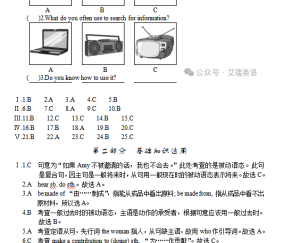
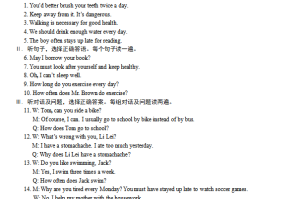


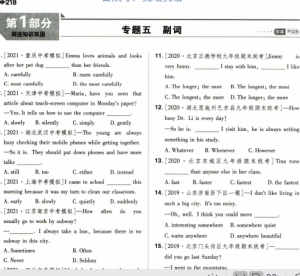
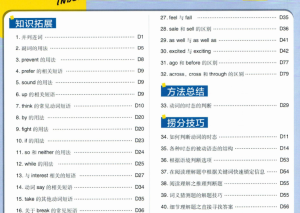
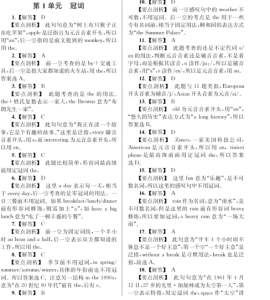
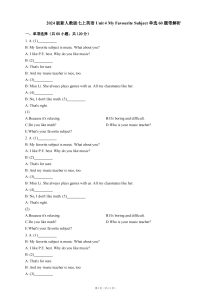


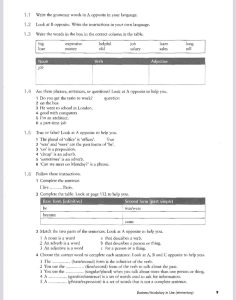
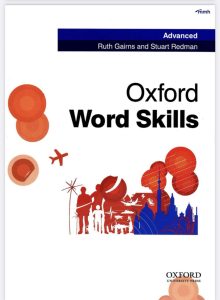
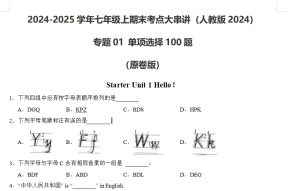
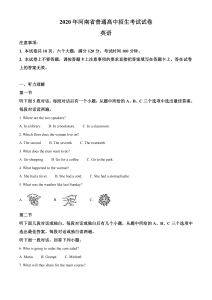
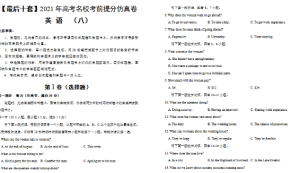


暂无评论内容